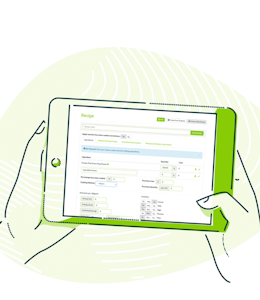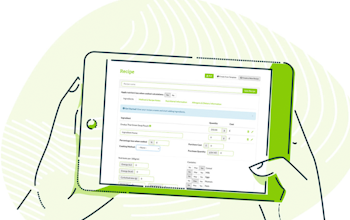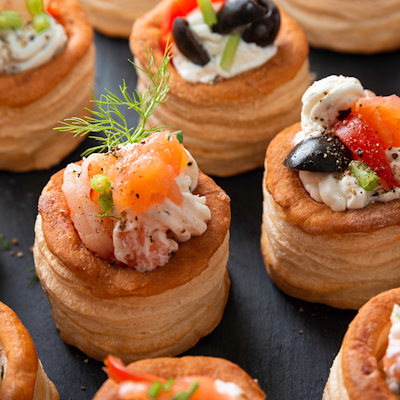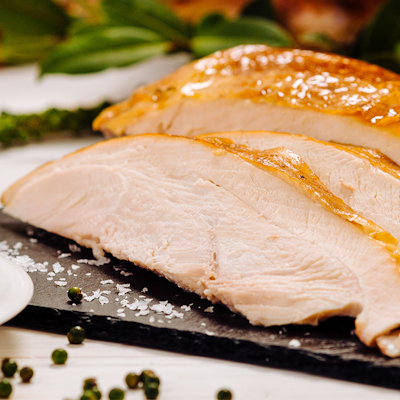Baking hacks and top tips
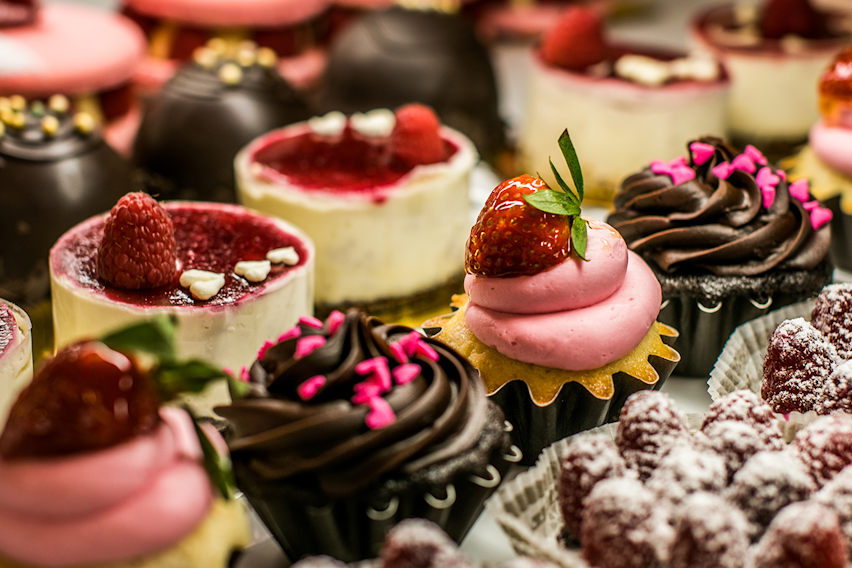
Whether you’re a food business relying on the deliciousness of your baked goods or an at-home enthusiast looking to impress with your cakes, brownies, cookies and desserts, our simple baking hacks are perfect for helping to avoid common baking mistakes…
Check expiration dates
Whilst some dry foods will still be safe past their “best before” date, their quality will have deteriorated and the taste and texture of your baked goods will be compromised. So, ensure that all of your ingredients have not expired, especially those with an important job such as baking soda - which is meant to be replaced much more frequently than you might expect. Find out more about Shelf Life here.
Measure ingredients properly
We’ve all heard the phrase “baking is a science”, and that means being exacting when it comes to recipes. Being off with your ingredient quantities - even a little bit - can ruin items like cakes and biscuits. The most effective way to measure ingredients is by using a digital scale.
Make sure ingredients are room temperature
If ingredients like eggs or butter are too cold they can be difficult to work with - not creaming together properly, or even causing the mixture to curdle. It’s best to bring chilled ingredients out of the fridge in enough advance for them to naturally reach room temperature, though using warm running water can also work.
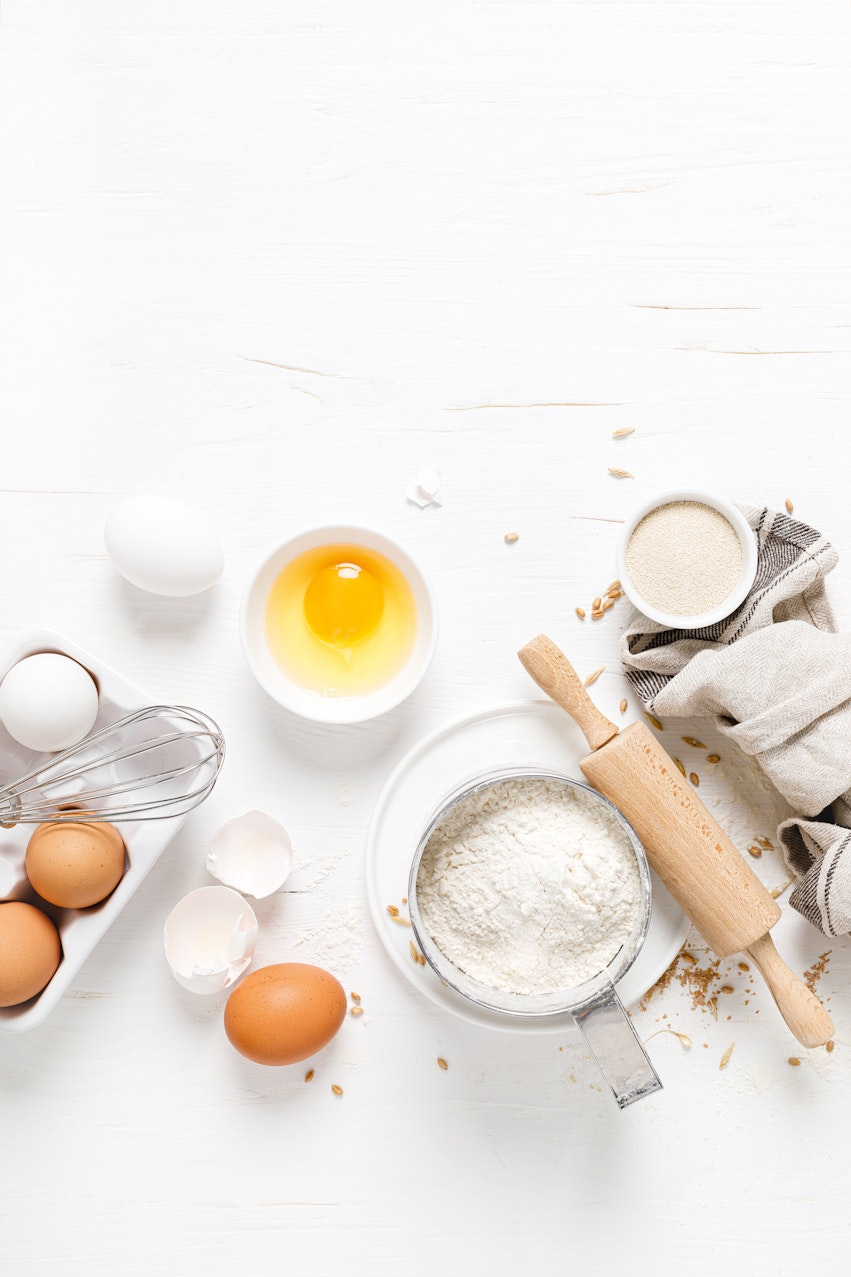
Use full-fat butter
Low-fat butter and spreads have a high water content, which is a problem in baking recipes that use butter as fat. Butter suitable for baking with should be at least 75% fat.
Allergen alert!
Many baked goods start with a base of sugar and butter, and later add flour. Butter is derived from Milk and wheat flour is a Cereal containing Gluten. Both of these are among the 14 major food allergens.
Switch to vanilla paste
Although many recipes call for vanilla essence, vanilla paste is becoming more widely available and has a richer and more authentic likeness to actual vanilla beans.
Add a pinch of salt
A small pinch of good quality salt will bring out the flavour in baked goods.
Dust nuts, chocolate and dried fruit with flour before mixing in
Give loose ingredients such as dried fruit and chocolate chunks a fine coating of flour before introducing them to the mixture - it will make it easier to distribute them evenly.
Blend ingredients together properly
Creaming butter and sugar together is the first step in many baking recipes and if it not done properly the whole dish is doomed. You need to cream these ingredients together until the mixture is pale, light and fluffy. Continuing to cream for a further 5 minutes after you think they are suitably combined is a safe bet.
Avoid over-mixing
Conversely, once flour has been introduced to the mixture you need to avoid over-mixing - gluten (which wheat flour contains) becomes firmer and stretchier the more you work it, which is not something you want in a cake or pudding. Follow the recipe guidance carefully and stop mixing when your ingredients are fully combined.
Invest in silicon mats
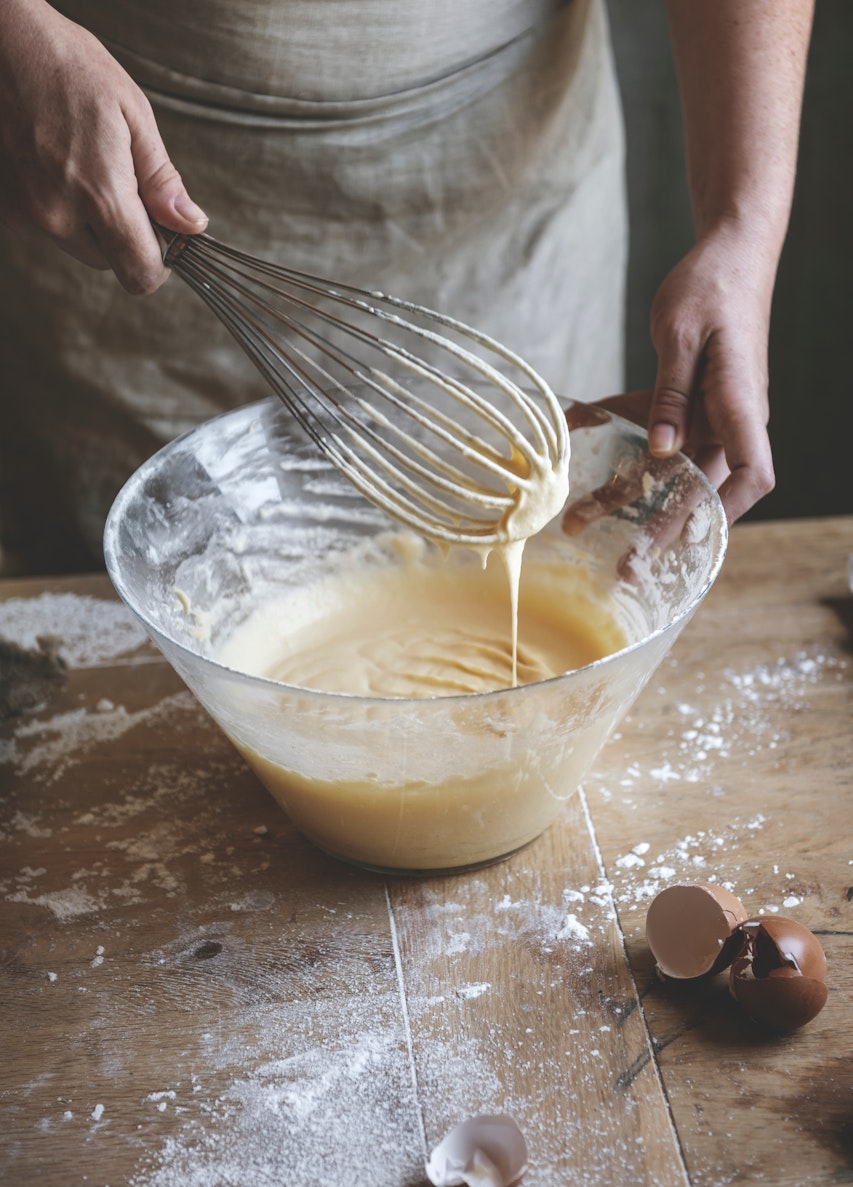
Silicone mats are the best utensil for baking cookies, scones and biscuits - they are cost-effective, durable and easier to clean than other alternatives.
Put biscuits and cookies in the fridge after rolling and cutting
Before putting your cookies or biscuits in the oven, give them 30 minutes in the fridge - it will improve flavour and help them hold their shape.
Use the correct tin
When a recipe specifies that a certain type of tin is required trust them. Research into the best tin for the job will have been undertaken ahead of publishing the recipe, so for best results acquire the correct equipment before starting to bake.
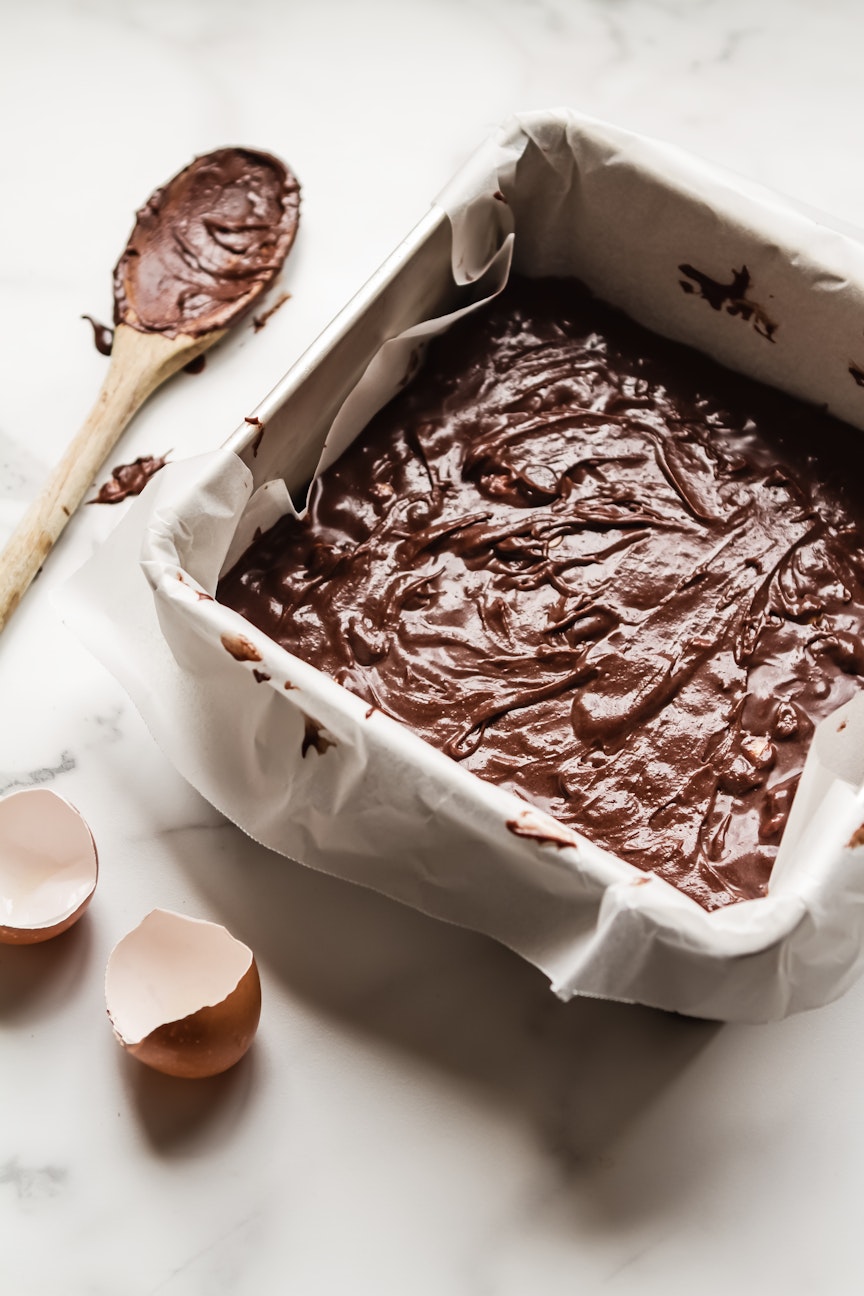
Ensure the oven temperature is correct
A too hot or too cold oven can result in the dreaded soggy bottom or over-cooking. Since different ovens might run hot or cold you might need to adjust a recipe’s temperature accordingly.
Purchasing an oven thermometer will allow you to work out exactly how your oven compares.
Don’t open the oven door
Along the same lines, don't open your oven until the recommended cook time is up. Lettinmg cool air in messes with the oven's temperature and the baking process.
Always allow baked goods to cool before icing
Applying icing to a still-warm cake or biscuit will cause the icing to melt and not set properly. Always allow baked goods to cool for at least half an hour before icing.
Use Erudus Recipe Builder to be crystal clear about your cookies, cakes, biscuits and puddings
Input the ingredients of your baked good into the Erudus Recipe Builder tool and it will automatically aggregate information such as whether it contains any of the 14 major food allergens, if it is suitable for vegans or vegetarians, and its Reference Intake. You can even calculate the cost per serving. Find out more about Recipe Builder here.
You may also be interested in…
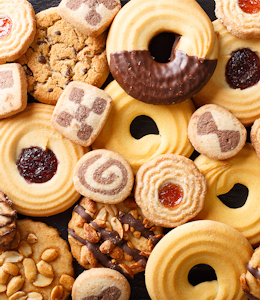
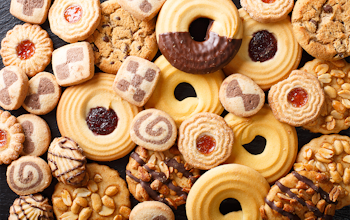
You may also be interested in…
Best biscuits to keep in the kitchen
ReadYou may also be interested in…
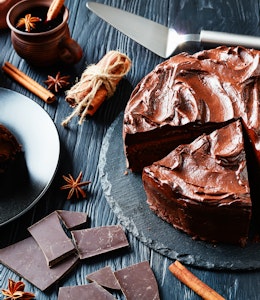

You may also be interested in…
